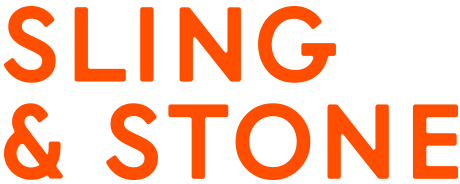There’s been no shortage of conversation about how Instagram’s removal of likes might negatively impact a brand or influencers’ ability to do business on the platform. Concerns have been raised that hiding likes may impact discoverability for smaller brands and influencers who depend on photos with high-like counts to catch people’s eyes as they scroll locations or hashtags.
Some hypothesise that the shift will require brands to redistribute efforts away from influencers and pay more to use Instagram ads where they have more transparency into metrics.
While there may be some truth in these concerns, the shift by the platform brings far more good than bad for brands and influencers.
Here are four reasons why we should be celebrating this move from Instagram.
It allows marketers to measure what matters
The change presents major benefits from a measurement perspective. The hiding of likes helps us to refocus our campaign measurement away from vanity metrics that can be bought or manipulated and towards business results.
Brand managers and influencers have faced a constant challenge educating stakeholders on what metrics they should be tracking. With “likes” and “followers” metrics being easily available to anyone with a phone, these metrics have unintentionally overshadowed the more important numbers, like sales lift and traffic to site. When these vanity metrics are hidden, it gives those who work in the space the opportunity to tell more meaningful stories about the results of their influencer and campaign strategies.
It helps ‘Grammers feel less pressure and anxiety
While only a small step, it’s encouraging to see Instagram make a change aimed at decreasing anxiety and pressure on social media. The more we evolve social media platforms, the longer they will be around to help us tell our stories and run our businesses.
As an avid Instagram user both at work and in my own time, I can attest that the shift has actually led to a change in my own behaviour and mindset. Now that finding the number of likes on a photo requires extra clicks, it takes more effort to check, making me hyper-aware of how often I’m looking at this number. As awareness of my dependence on a vanity metric increases, the desire to check said metric, quickly decreases.
But more importantly, I’ve already noticed an impact on the weight I now give to likes. Over the past few weeks, when I’ve had a photo that didn’t get as many likes as I thought it “should” or “normally would” it felt much easier to shrug-off, given the fact that even Instagram is decreasing the emphasis on this metric.
It’s easy to see how, over time, these little shifts in perceptions could lead to a significant decrease in stress and anxiety with using the platform. This is especially for brand managers or influencers who are on Instagram for large portions of their days at work.
In the long-run it could actually help, not hinder, the discovery of smaller brands and influencers
While the loss of likes in the short term may impact discoverability, in the long term, this shift may actually be a benefit to smaller brands and influencers.
Currently there is a subconscious (or sometimes conscious) bias towards liking content that already has a lot of likes, as likes are interpreted as a validation that the content is “good.” But if this new test becomes permanent, and the emphasis on likes decreases, users will no longer have this cue to determine if a piece of content is “good” or not.
Instead, they will be free to discover brands and influencers based purely on what they think of the photo or video itself. This actually could serve to level the playing field for smaller brands and influencers, who may have beautiful and highly valued content but who aren’t growing as fast because they don’t have the obvious scale.
It opens up the door for new types of creative and content best practices
Throughout my career I have had hundreds of conversations with creators about the difference between what they want to post and what does well in the algorithm. It’s a balance that every brand manager and influencer has had to contend with on an almost daily basis.
Hiding the like count on content decreases our dependence on posting content we know will get “liked”.
When no one knows if a post got 100 likes or 10,000, we’re less inclined to hold back – even if we’ve “posted one too many times that week” or if “black and white underperforms”.
While the shift doesn’t mean a total disregard for engagement metrics, it gives brands and influencers the freedom to test new content styles without the stigma of having a post “publicly bomb”. Who knows, we may even find new content types with even higher engagement rates than our flatlays, sunsets and selfies.
In the end, the hiding of likes on Instagram posts doesn’t actually take anything away. All the metrics that were available before are available now. What the shift does is remind the world that “likes” are not the end-all, be-all measurement of worth and that we should re-evaluate our dependence on them as validation. I, for one, am optimistic that this move could actually usher in the next era of social media content and help push brands and influencers into new creative territories.

